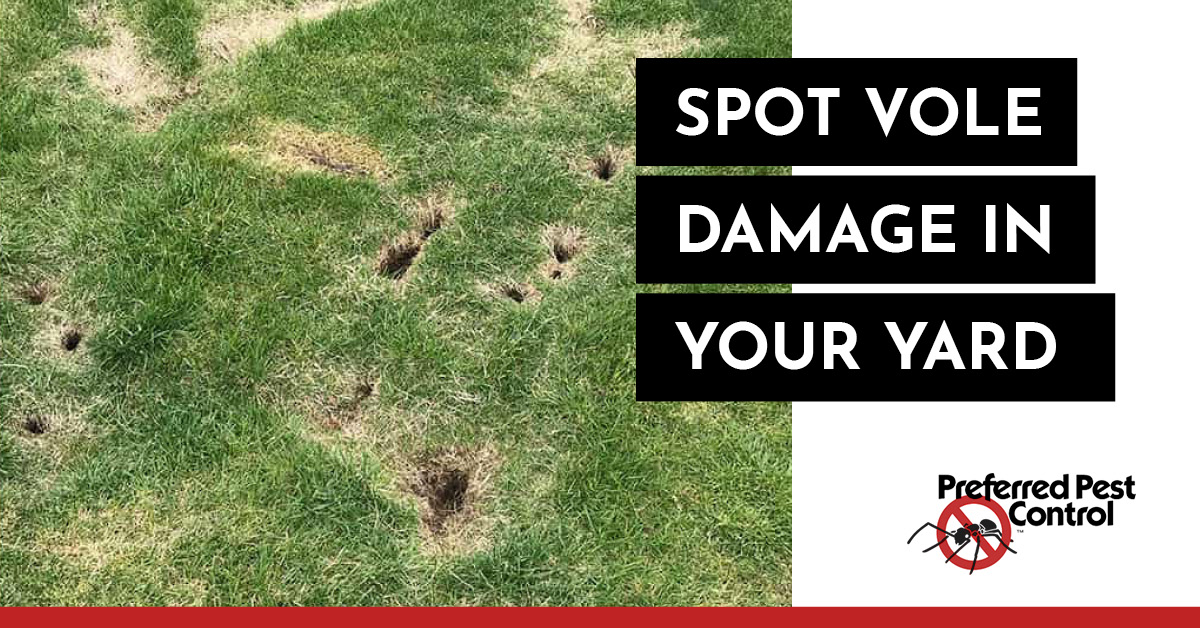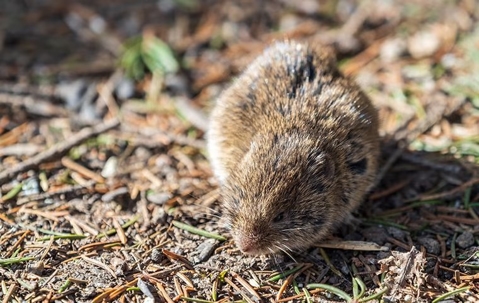Comprehensive Overview to Reliable Vole Insect Control: Infestation Identification and Therapy Methods
In the realm of effective bug control, vole invasions posture an unique difficulty that demands a strategic strategy. These small rats, often mistaken for computer mice, can damage gardens, yards, and crops if left unattended. Identifying the signs of vole visibility and implementing targeted treatment approaches are necessary parts of a successful bug management strategy. By exploring the nuances of vole habits, comprehending essential signs of invasion, and examining a series of control choices, one can develop a comprehensive method to deal with these evasive insects.
Comprehending Vole Behavior
Vole actions is identified by their delving habits and fast recreation prices, making them a tough pest to control successfully. Their quick reproductive price further makes complex control efforts, with women capable of creating several trashes in a solitary year, each containing numerous offspring.
Voles are most active during the very early morning and evening hours, spending the majority of their time foraging for food. Their burrowing behaviors not just interrupt yards and gardens but also make them testing to find and remove. Recognizing vole habits is vital for efficient pest control strategies. By recognizing their burrow places, checking feeding locations, and applying targeted control techniques, such as capturing or environment alteration, vole invasions can be managed successfully.
Signs of Vole Infestation

Avoidance Strategies
Applying reliable prevention strategies is essential in minimizing vole infestations and safeguarding vegetation from their devastating feeding practices. To protect against vole invasions, it is crucial to begin by eliminating possible food resources and shelter.
Consistently examining the building for indicators of vole activity, such as paths and tunnel openings, is important for early detection and punctual action. If vole activity is suspected, take into consideration using repellents or catches strategically positioned near their paths.
Non-Lethal Control Approaches
To effectively take care of vole populaces while focusing on humane approaches, non-lethal control approaches provide sensible solutions for reducing vole damage in landscapes and gardens. One effective method is using physical barriers such as hardware fabric or wire mesh to shield prone plants. These obstacles can be buried at the very least 12 inches bent and deep at a 90-degree angle to stop voles visit our website from delving underneath. Furthermore, habitat modification can hinder voles by decreasing their chosen food resources and hiding places. Preserving a well-mowed grass, removing particles, and maintaining vegetation cut can make the atmosphere much less attractive to voles.

Lethal Control Options
One efficient technique for attending to vole problems in landscapes and gardens includes the tactical use of lethal control options. When encountered with a serious vole why not try here invasion that non-lethal approaches have stopped working to contain, carrying out deadly control measures comes to be crucial. In general, when employing deadly control alternatives, it is vital to do so responsibly and in conformity with neighborhood guidelines to efficiently handle vole infestations.
Verdict
In verdict, reliable vole parasite control calls for a thorough understanding of vole actions, identification of indications of invasion, implementation of prevention methods, and use of both lethal and non-lethal control techniques. By incorporating these approaches, people can successfully handle vole populations and secure their building from damage. It is necessary to resolve vole invasions visit the website quickly to stop more problems and minimize the influence on the surrounding atmosphere.
Provided the intricate passage systems and rapid reproduction prices particular of voles, identifying the indications of vole infestation comes to be vital in reliable pest control. One of the primary signs of vole existence is the existence of surface paths or trails in lawn or snow, typically about 1-2 inches large, produced as voles take a trip in between their burrows and food sources.To properly take care of vole populaces while prioritizing humane techniques, non-lethal control techniques use useful options for decreasing vole damages in landscapes and yards.One effective technique for attending to vole invasions in landscapes and gardens entails the tactical usage of lethal control alternatives. vole control utah.In verdict, reliable vole insect control needs a thorough understanding of vole behavior, recognition of signs of infestation, execution of prevention approaches, and application of both non-lethal and lethal control approaches